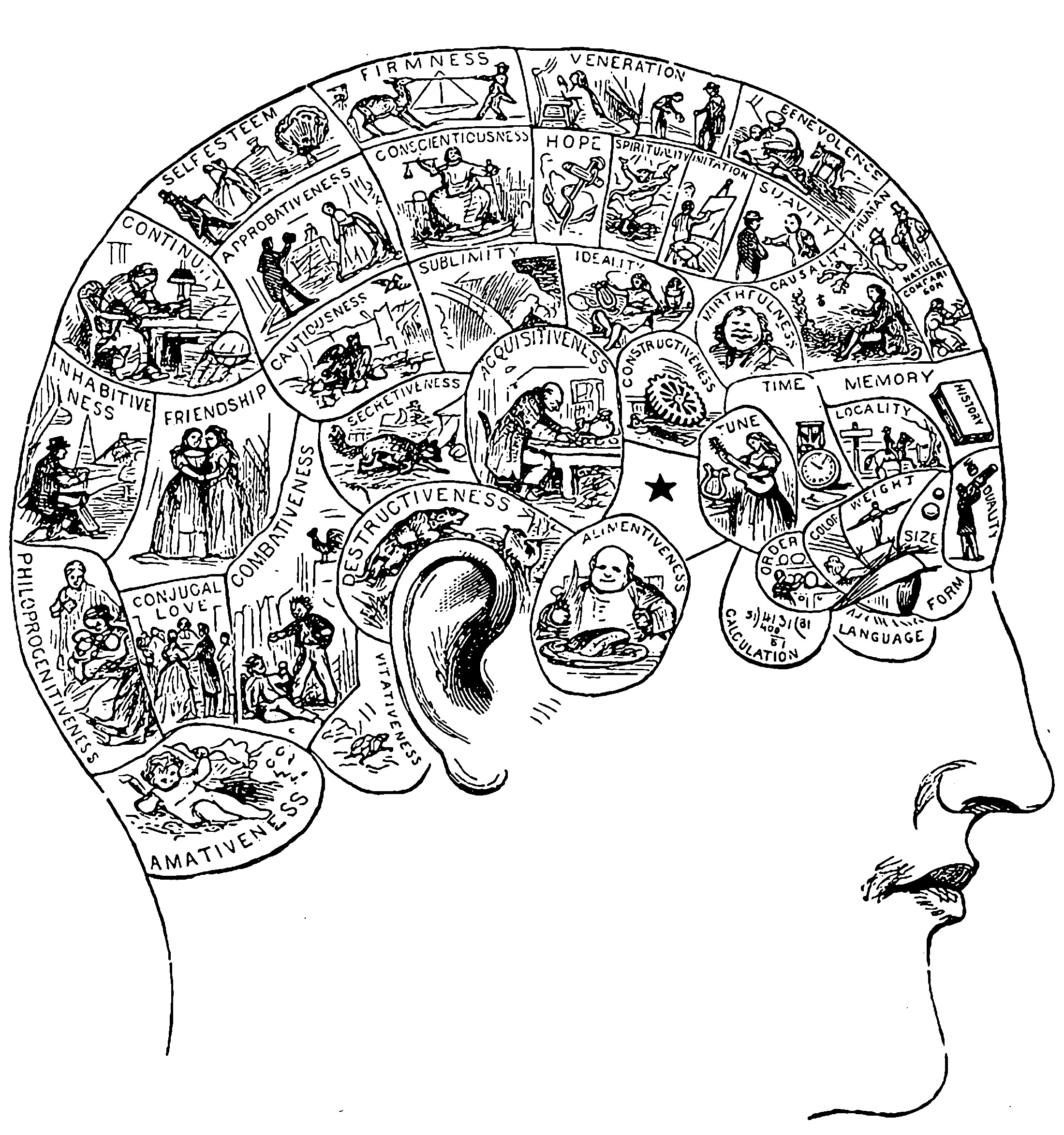Semantics
Compressed representations of reality for syntactic agents; which might be what meaning means
December 30, 2014 — August 28, 2022
The belly inside is beautiful, because the baby grows there,
because your sweet cock, all bright and jolly, thrusts there,
and good, tasty food descends there,
and for this reason the cavern, the grotto, the tunnel
are beautiful and important, and the labyrinth, too,
which is made in the image of our wonderful intestines.
When somebody wants to invent something beautiful and important,
it has to come from there,
because you also came from there the day you were born,
because fertility always comes from inside a cavity,
where first something rots and then, lo and behold,
there’s a little man, a date, a baobab.
And high is better than low,
because if you have your head down, the blood goes to your brain,
because feet stink and hair doesn’t stink as much,
because it’s better to climb a tree and pick fruit
than end up underground, food for worms,
and because you rarely hurt yourself hitting something above
— you really have to be in an attic —
while you often hurt yourself falling.
That’s why up is angelic and down devilish.”
— Umberto Eco. Foucault’s Pendulum.
On the mapping between linguistic tokens and what they denote.
If I had time I would learn about: Wierzbicka’s semantic primes, Wittgenstein, probably Mark Johnson if the over-egging doesn’t kill me. Logic-and-language philosophers, toy axiomatic worlds. Classic AI symbolic reasoning approaches. Drop in via game theory and neurolinguistics? Ignore most of it, mention plausible models based on statistical learnability.
1 Symbol grounding
Piantadosi and Hill (2022) on the Symbol grounding problem in transformers.
2 As a classification problem
Eliezer Yudkowsky’s essay, How an algorithm feels from the inside, which inspired Scott Alexander’s The Categories Were Made For Man, Not Man For The Categories.
From a different direction, Microsoft argues that objects are a kind of anchor point in training cross-modal AI systems. (Li et al. 2020)
…objects can be naturally used as anchor points to ease the learning of semantic alignments between images and texts. This discovery leads to a novel VLP framework that creates new state-of-the-art performance on six well-established vision-and-language tasks. …. Though the observed data varies among different channels (modalities), we hypothesize that important factors tend to be shared among multiple channels (for example, dogs can be described visually and verbally), capturing channel-invariant (or modality-invariant) factors at the semantic level. In vision-and-language tasks, salient objects in an image can be mostly detected by modern object detectors, and such objects are often mentioned in the paired text.
Also does embodiment means for this stuff, in terms of priors?
3 As an evolutionary phenomenon
Moved to Language games.
4 Simulacra
See simulacra.
5 Neurology of
What does the MRI tell us about denotation in the brain?
(Stolk et al. 2014) is worth it for the tagline: “experimental semiotics”
How can we understand each other during communicative interactions? An influential suggestion holds that communicators are primed by each other’s behaviors, with associative mechanisms automatically coordinating the production of communicative signals and the comprehension of their meanings. An alternative suggestion posits that mutual understanding requires shared conceptualizations of a signal’s use, i.e., “conceptual pacts” that are abstracted away from specific experiences. Both accounts predict coherent neural dynamics across communicators, aligned either to the occurrence of a signal or to the dynamics of conceptual pacts. Using coherence spectral-density analysis of cerebral activity simultaneously measured in pairs of communicators, this study shows that establishing mutual understanding of novel signals synchronizes cerebral dynamics across communicators’ right temporal lobes. This interpersonal cerebral coherence occurred only within pairs with a shared communicative history, and at temporal scales independent from signals’ occurrences. These findings favor the notion that meaning emerges from shared conceptualizations of a signal’s use.

